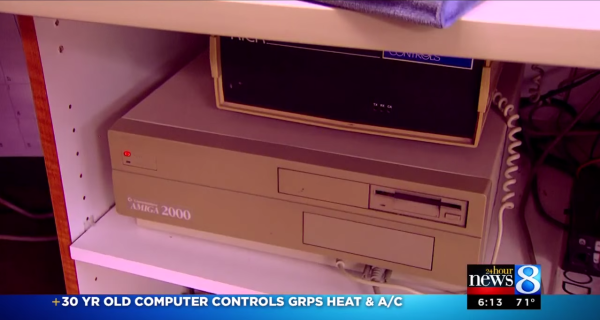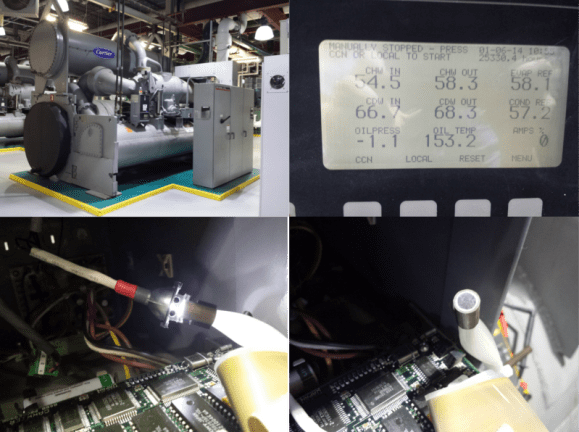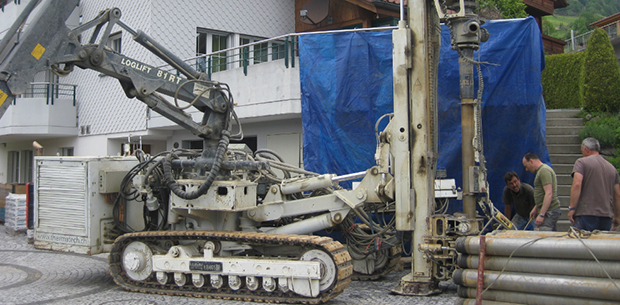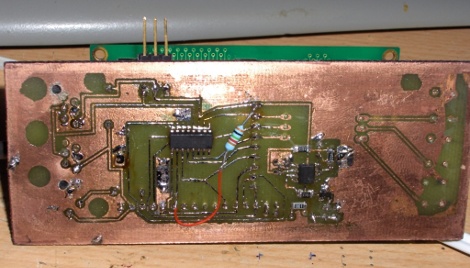At first we laughed at the ridiculously over-the-top fume extraction system this hackerspace built for itself. Then we thought about seriously questionable donation rolls of solder some of the members managed to find and bring in. The kind of roll where the local greybeard assures you that a Californian State Trooper has permission to shoot you if you try to take it into the state, but damn does it solder well. They may be onto something is all we’re saying. But on a serious note, for a communal space like this one, a great air quality plan makes the place a lot more pleasant, if not safer at the same time.
The build uses a regular boost fan for its main suction and pulls the fumes out to a place the members aren’t. Knowing hackerspaces that could be anything from an empty alley to vents on the building’s roof. It’s actually an interesting challenge to solve in a rented space (please share your own solutions for “daylighting” to the outside in the comments).
The frame is made from ducting and dryer hose. Since there aren’t really fittings for this. Most of the joints were designed in OpenSCAD and 3D printed. At each end of the tube a computer fan provides another little boost of airflow. We like the stands to position each end of the hose at the fume source. All of it is powered by a distribution box of their own making with the juice being fed with repurposed Ethernet cables to the fans at the ends of the hose.
It’s a nice build and likely extended the life of a few of the more electronically active members in the space. Especially if the retired radio enthusiasts decide to do their fifty year anniversary garage cleaning and gift upon the space their findings.

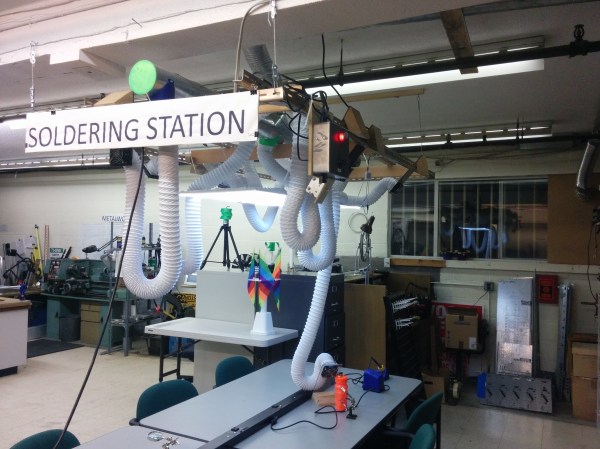

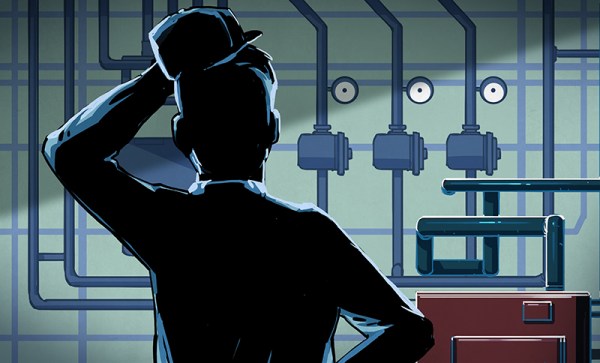
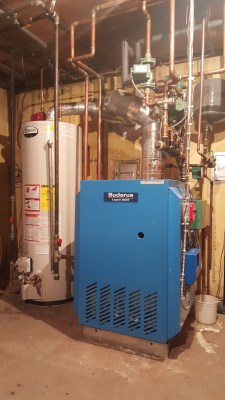 It’s been said that hackers are enamored with complex networks. In the 60s and 70s, the telephone network was the biggest around, singing a siren song to an entire generation of blue-boxing phone phreaks. I started a bit closer to the house. As a child I was fascinated by the heating system in the basement of our home: a network of pipes with a giant boiler in the middle. It knew when to come on to provide heat, and when to kick on for hot water. I spent hours charting the piping and electrical inputs and outputs, trying to understand how everything worked. My parents still tell stories of how I would ask to inspect the neighbors heating systems. I even pestered the maintenance staff at my nursery school until they finally took me down to see the monstrous steam boiler which kept the building warm.
It’s been said that hackers are enamored with complex networks. In the 60s and 70s, the telephone network was the biggest around, singing a siren song to an entire generation of blue-boxing phone phreaks. I started a bit closer to the house. As a child I was fascinated by the heating system in the basement of our home: a network of pipes with a giant boiler in the middle. It knew when to come on to provide heat, and when to kick on for hot water. I spent hours charting the piping and electrical inputs and outputs, trying to understand how everything worked. My parents still tell stories of how I would ask to inspect the neighbors heating systems. I even pestered the maintenance staff at my nursery school until they finally took me down to see the monstrous steam boiler which kept the building warm.